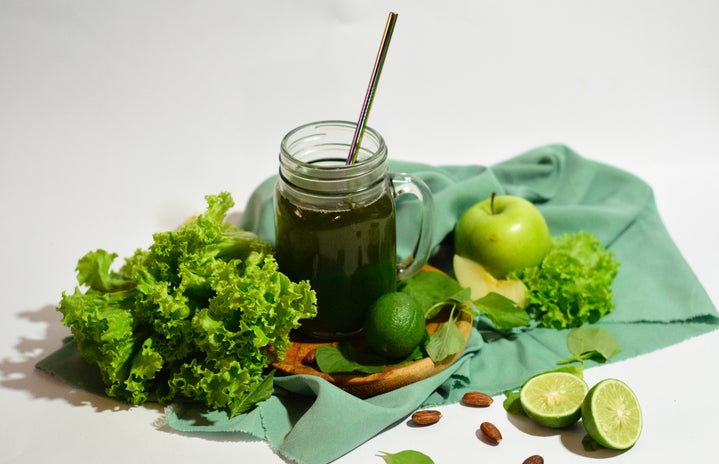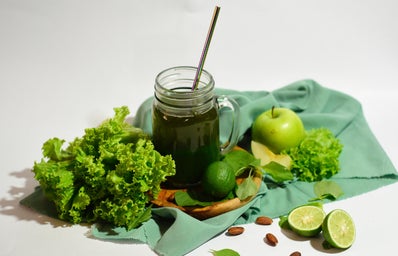I struggled with affordable food options a lot during my freshman year. As I’ve gotten more familiar with the options available to me, it’s easier to eat in a way that nourishes me and doesn’t drain my wallet.
Here’s what my grocery list looks like most weeks for some affordable but healthy inspiration.
- Bananas and peanut butter
Bananas are one of the most inexpensive fruits at local places like The Fresh Grocer or Aldi’s, which are two of the closest options to Temple’s main campus. For an easy breakfast, I usually cut one up, put a spoonful or two of peanut butter on my plate, and dip the slices in the peanut butter. Bananas are also a great smoothie ingredient or midday snack for when I’m on campus all day and don’t have time to go home for food.
- White chicken
Chicken is a great inexpensive grocery item and it’s a great source of protein. If you buy the right kind, it’ll have little fat, which is a perk because too much unhealthy fat has negative health consequences, according to Harvard Health Publishing. On the other hand, chicken is also an inexpensive grocery item and a great source of protein.
I usually buy a 16-ounce pack of pre-cooked chicken breast. After cooking the chicken, I add it to sandwiches, pasta, or simply heat it up and eat it on its own.
- Vegetables
In terms of vegetables, I’ve found that a bag of frozen vegetables typically costs less than buying them fresh. They also last much longer, which is helpful for people who don’t like to have to buy groceries super often. Once again, I use veggies as an add-in to pasta or I eat them alone to get my veggies in for the day.
While it was very hard in the beginning to figure out how to incorporate healthy eating into my low-budget lifestyle, I’ve learned how to manage both aspects. If you are aware of healthy and affordable ways to incorporate fruit, vegetables, and protein, there are tons of options available for you.

